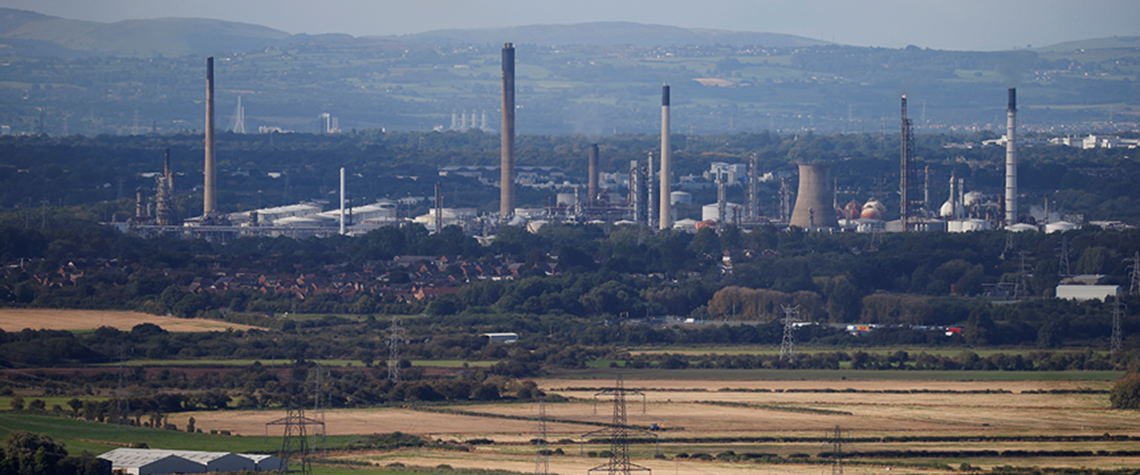Stanlow offers blueprint for low-carbon refining
EET’s $2.4b plan to decarbonise major refinery in northwest England hits key milestone with CO₂ pipeline approval
Marcos Matijasevich and his team at EET Fuels received some important news in late March: the UK government had approved the development of Eni’s onshore CO₂ pipeline linking the HyNet North West low-carbon industrial cluster in northwest England to offshore storage capacity under the Irish Sea. The decision marked a key milestone for India-owned EET’s $2.4b plan to decarbonise the Stanlow oil refinery at Ellesmere Port, which sits within the HyNet cluster and produces about 16% of the UK’s road transport fuels. The pipeline will take CO₂ captured from two blue hydrogen production facilities under development at Stanlow, and one other refinery process unit, to offshore storage facilities ope

Also in this section
26 July 2024
European offtakers and strategic investors start to unlock North African country’s vast potential as a green hydrogen and ammonia supplier
25 July 2024
Investment in 100MW green hydrogen facility in Germany comes as oil major’s wider transition strategy comes under scrutiny
24 July 2024
World’s largest green fertiliser supply agreement puts Villeta project in Paraguay on track for FID later this year
23 July 2024
Awards experience 20% increase in nominations this year, with submissions from 27 countries







